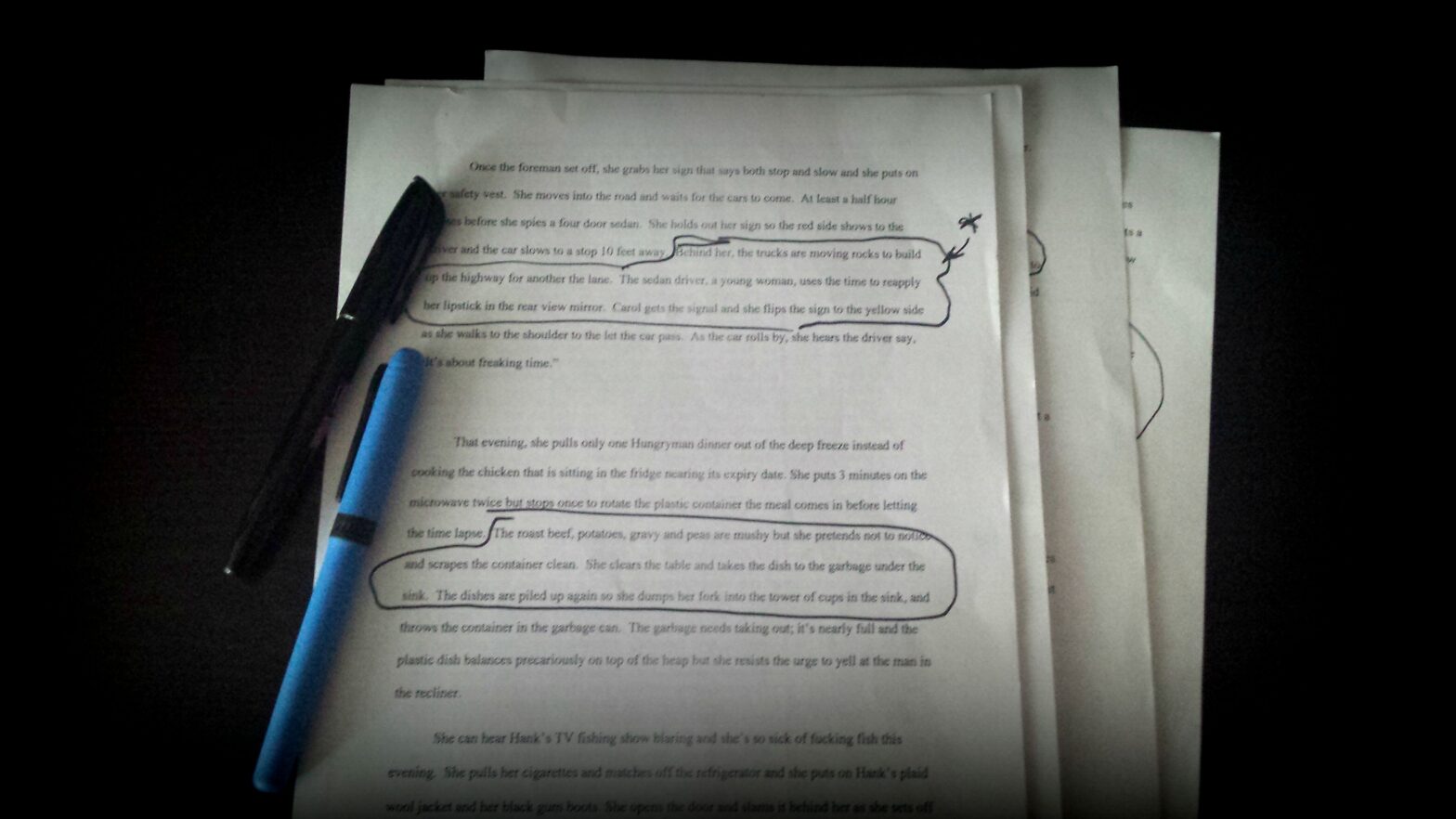Writer Q&As: Voice and Proximity

Everytime I ask myself a question, I answer it. Lately, this is the question: how do you find your voice in the telling and not sit too far back? In other words: how do you find that intimate tone when the material is so personal? It seems the tendency is to speak from a distant or observational tone, which lacks energy sometimes. [Cynthia Woodman Kerkham]
It’s easy to get paralyzed by this “tendency to…sit too far back.” When we try to wrestle with this cautiousness head on, the narrative usually retreats even more! Basically, it’s a proximity problem so first, have a look at my essay on proximity.
A common problem I see in poetry and prose is that important passages are given the same space and weight as minor passages. I have two practical suggestions.
First, ignore the content and look only at the narrative units you are using repeatedly. Are the majority of the stanzas and paragraph lengths the same? Lengths of poems, chapters, essays, or stories much the same? Are the sentences and poetic lines too similar in length? Is there a predictable sameness no matter what the content is? This is fine in early drafts but problematic, even mind numbing, in later ones. After you’ve done this analysis, revise all these narrative units for at least ten pages. The body language of each narrative unit must be shaped solely by its particular content. Then, the pacing will adjust to what is happening and you will linger longer where it is important to do so.
My second suggestion is to rapidly read through your manuscript, setting aside your internal editor. Identify spots where you can shed more light on the deeper, even pivotal forces at work. Circle these spots and continue to read and circle (without pondering) until you have read it all. Copy and paste these circled areas into a separate document. Now, read this document slowly and jot directly on hard copy telling details, images, dialogue, revealing physical sensations, contradictions, absences, fears, reoccurring words that spring to mind with each circled excerpt. Then write into any circled area and prompted by these cues, flesh out what you have previously skimmed over or left out. This writing will invite the reader far more.
These two exercises will support you in moving beyond the functional and necessary getting it on the page to a getting it out. This “it” will have an immediacy and surprise that’s inherent in your narrative because it taps into what inspired you to write it in the first place.
Answered by Betsy Warland.
